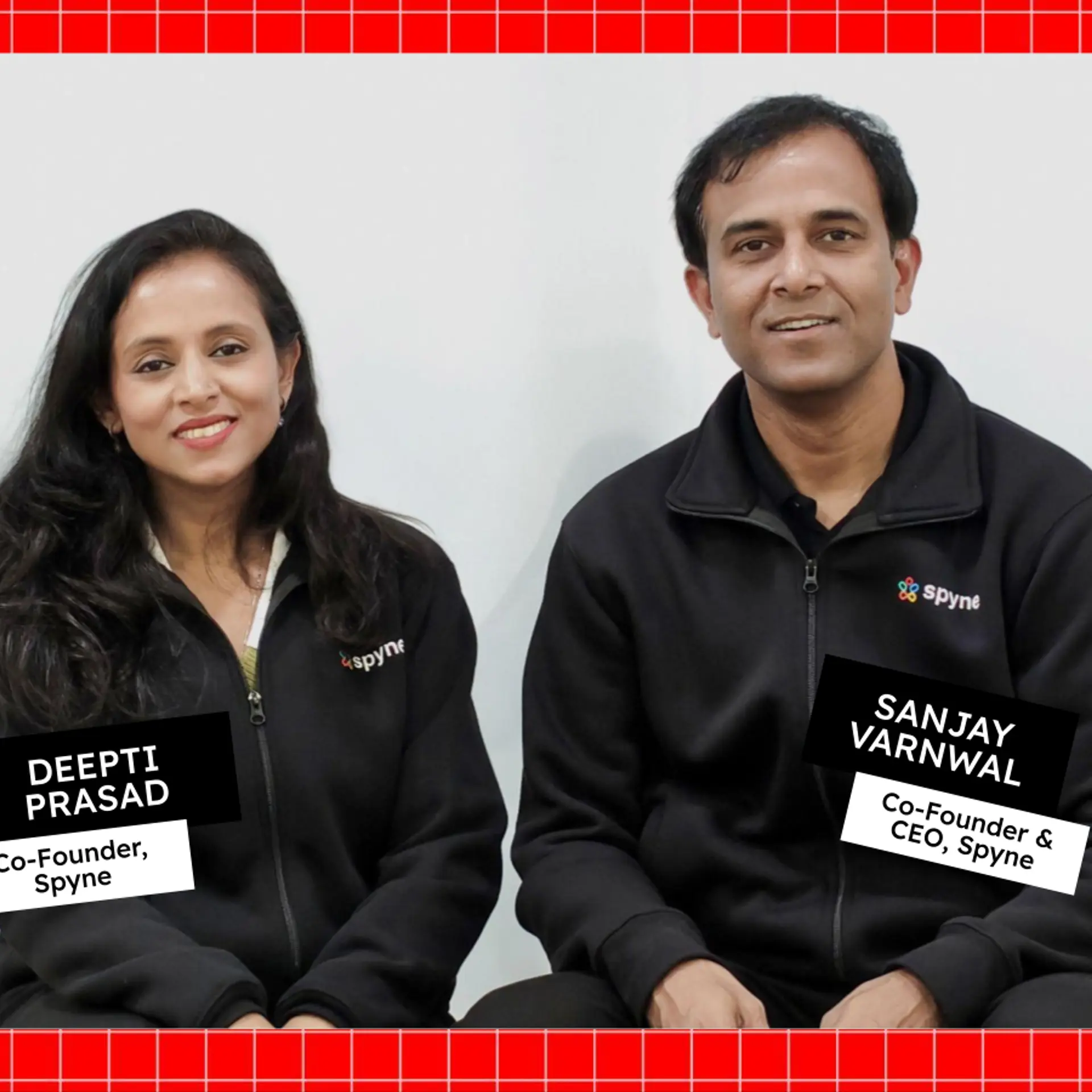Lazyshopr.com offers online visibility to small boutiques and stores
Lazyshopr.com Founder Hitesh Agarwal defines his startup as “a window-shopping platform for premium apparel.” The website helps small scale boutiques and stores to have more visibility online by showcasing their products. “Lazyshopr.com displays the live collections of made-to-order category apparel along with pricing and product details,” explains Hitesh.

Hitesh is based in Kolkata. He used to work as a bank analyst before starting up in June 2014. He says, “I always had ideas running through my mind but never had the guts to leave my cushy corporate job and take the plunge.”
The turning point happened when his friend – now also Co-founder Gourav Jhunjhunwala left his corporate job. “He was on an exploring spree,” says Hitesh. “During this time I discussed with him the idea of Lazyshopr.com, its potential, and the technical challenges that I was facing.” Intrigued, Gourav joined him and after a few months they realized that working together was very easy and enjoyable. They were now a team.
Soon, the duo hired their first employee, Debarghya, who now looks after UI/UX development and graphic designing. Hitesh deals with customer acquisition, marketing and finance; and Gourav with product development, feature enhancement and quality assurance.

The idea behind Lazyshopr.com is to simplify the experience of shopping. After seeing his sister frustrated with an endless search for bridal wear , Hitesh asked her why she was not considering shopping online. Like many other people, she said she was apprehensive about buying something so expensive, without trying it out. This struck a chord with Hitesh, who then started thinking about bridging the gap between ecommerce and offline shopping.
The market is rapidly increasing. With an annual growth rate of 40 per cent, the designer wear industry in India is expected to exceed USD 66 billion in the next three years. Numerous designer entrepreneurs have started their own brands and many of them have opened, or are planning to open, their own stores.
So far, Lazyshopr.com has partnered with 10 shops and boutiques in Kolkata and is planning to expand to other tier 1 cities in the next three months. Initially, convincing stores about the value of Lazyshopr.com was a hard task. “Many of them had difficulties in understanding that we were not an ecommerce platform. For many designers, the problem with ecommerce is that they need to keep a separate inventory, which means lots of hassles.”
When the team approaches their customers they offer a photo shoot and per-quarter or annual subscriptions to their website for online visibility. Lazyshopr.com offers stores analytic services, which allow them to track the preferences of their customers and to receive feedback.

The team says that for the moment there are no competitors, as those who started with the same venture moved to ecommerce. This suggests that selling online is more profitable than showcasing physical stores. This will probably be a challenge for the team, but they are confident. “With new expansions, we are targeting an eight-digit revenue by the year end. We plan to test the model on ready-made garments from early next year. If proven it will give a big scope for expansion,” says Hitesh.
When Lazyshopr.com started up, it used to offer its services for free in order to capture early birds. “This started taking a toll on our finances,” says Hitesh, “for us the big challenge was to monetise the idea and yet not make it a deterrent to validate the same. We gathered the courage and changed the model. The new model required nominal subscription charges from stores. Instead of acting as a deterrent this actually worked in our favour. We realised stores were more interested in associating with us and our order books started filling up.”
In Hitesh’s journey as a startup founder, this was a great learning, “I believe the most unwise thing for any startup would be to give away their services for free. Keep money involved from the very first day. It will always work in your favour,” advises Hitesh.







